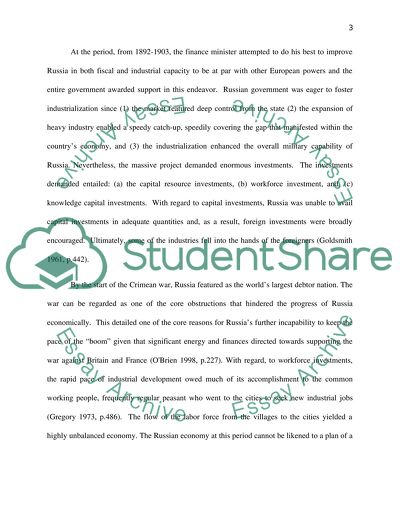Cite this document
(“What were the main features of Russian economic backwardness Essay”, n.d.)
What were the main features of Russian economic backwardness Essay. Retrieved from https://studentshare.org/history/1472514-what-were-the-main-features-of-russian-economic
What were the main features of Russian economic backwardness Essay. Retrieved from https://studentshare.org/history/1472514-what-were-the-main-features-of-russian-economic
(What Were the Main Features of Russian Economic Backwardness Essay)
What Were the Main Features of Russian Economic Backwardness Essay. https://studentshare.org/history/1472514-what-were-the-main-features-of-russian-economic.
What Were the Main Features of Russian Economic Backwardness Essay. https://studentshare.org/history/1472514-what-were-the-main-features-of-russian-economic.
“What Were the Main Features of Russian Economic Backwardness Essay”, n.d. https://studentshare.org/history/1472514-what-were-the-main-features-of-russian-economic.


